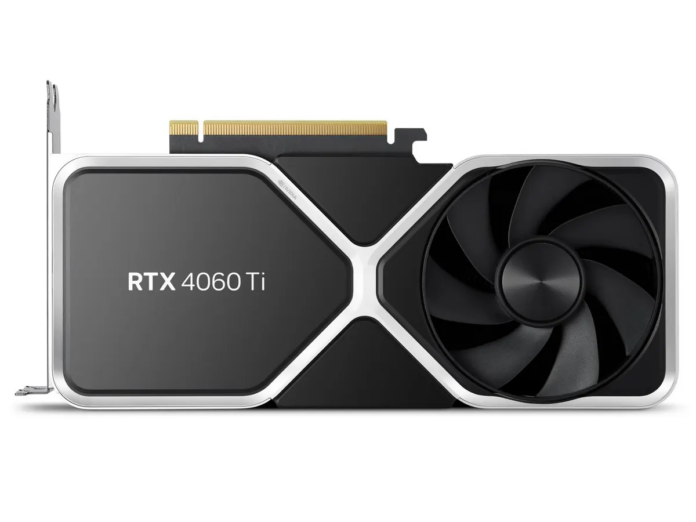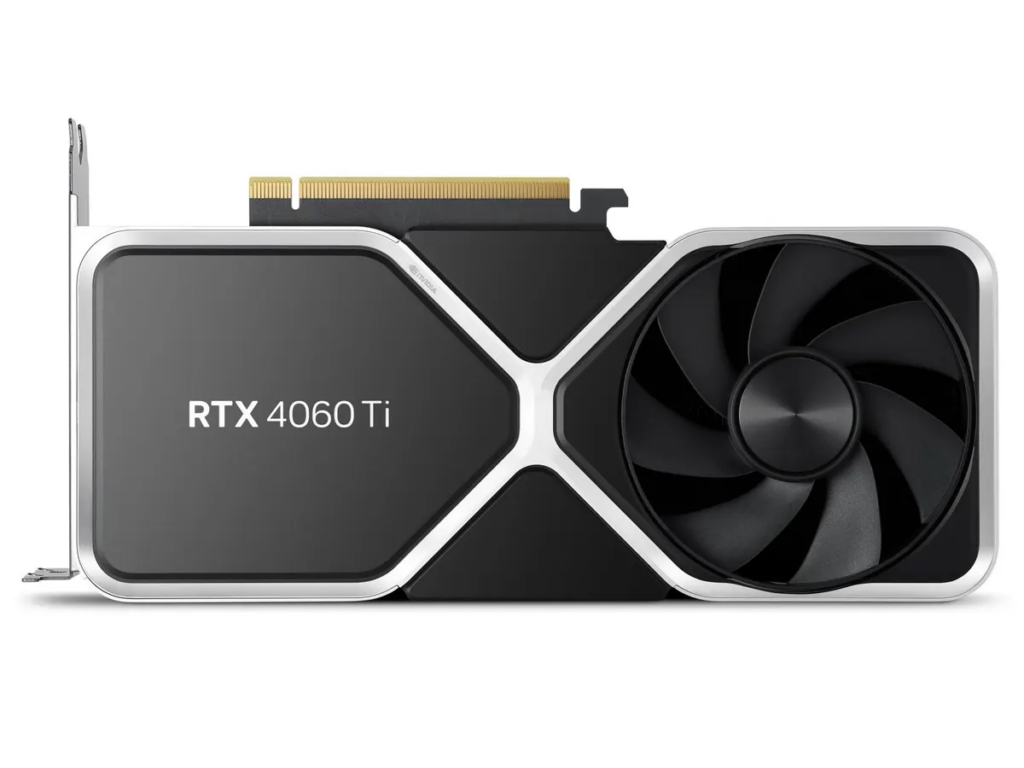Are the latest Nvidia graphics cards some of their best yet?
Realistic visuals in video games evoke this feeling of immersion and generally enhance the experience for gamers. Any random person will wonder “How do these incredible visuals in video games come about?.” Well, behind the scenes, there’s this remarkable piece of technology called graphics cards that goes to work to deliver those extraordinary visuals. Graphics cards better known as video cards or GPUs (Graphics Processing Units) are gaming hardware components. They’re responsible for rendering lifelike illustrations, generating clean animations, and facilitating real-time simulations.
2 Types Of Graphics Cards
Integrated graphics cards are built into the central processor or CPU of a computer, and shares memory with the CPU. They’re usually cost-effective and suitable for basic tasks. While dedicated graphics cards are detached or standalone graphics cards. They are more expensive, and powerful, and come with their own memory. These types of GPUs perform more graphic-intensive tasks and deliver better performance in gaming. For gaming laptops, a dedicated graphics card is the ideal GPU.
If there were no GPUs in gaming, the visual quality of our favorite video games would be poor. Along with reduced frame rates, slower loading time, and the absence of special effects that unite to make video games immersive. Without the relentless efforts of gaming companies and game developers to leverage modern technology in advancing gaming, these areas would probably have been blindspots.
Game developers are able to create richly detailed worlds, and astounding visual effects that immerse players in mixed realities by taking advantage of the incredible capabilities of graphics cards. With an ever-growing community of passionate gamers all over the world seeking new advancements in game technology; important tweaks to some of the hardware components in the market like graphics cards help improve user experiences.
The Latest Nvidia Graphics Card Release Date
One of the latest Nvidia graphics cards every game geek is currently anticipating its release is the Nvidia GeForce RTX 4060 Ti. It’s already promising to be one of the best graphics cards in the market this year. And for very good reasons. At an affordable price, it already has some very impressive specs and features. As well as performance that appeals to gamers who want a high-performance GPU without breaking the bank.
The Nvidia GeForce RTX 4060 Ti is available in two versions: one with an 8GB and another with 16GB of GDDR6 VRAM. Although the 16GB version is yet to be released, the details for both cards, however, have been made public. We’ll take a look at a complete review of the latest Nvidia graphics cards; Nvidia GeForce RTX 4060 Ti graphics card models. Including price, features, and performance.
The 8GB version of the Nvidia GeForce RTX 4060 Ti is due for release on July 24th, 2023, with a price tag of $399. While the 16GB version is set to be released in same July 2023, but with no specific date disclosed, and will be priced at just $499.
According to fans of Nvidia products, the price tags that Nvidia placed on both versions of the RTX 4060 seem fair and are quite affordable compared to other GPUs from Nvidia. Or even graphics cards from other brands in the market.
Specs and Performance: Nvidia GeForce RTX 4060 Ti
One of the key features of the Nvidia GeForce RTX 4060 Ti is its new AD106 GPU, which is smaller than that of its predecessor, the AD104 die. The AD106 GPU has 36 streaming multiprocessors (SMs), 4,608 CUDA cores, and 36 RT cores for ray tracing.
The memory configuration of the Nvidia GeForce RTX 4060 Ti is also impressive. The 8GB version features a clock speed of 2250MHz with a 128-bit memory bus. Which gives an entire 288 GB/s bandwidth. While this may seem lower than some of its predecessors, Nvidia has compensated for the tighter memory by equipping the RTX 4060 Ti with a 32MB L2 cache. This is great because significantly reduces the chance of cache misses and alleviates the load on the memory interface.
Rasterization and Ray Tracing Performance
In terms of raw performance, the RTX 4060 outshines its predecessor, the RTX 3060 Ti, by a significant margin. On average, it delivers an excellent performance boost across various benchmarks, which extends to staggering ray tracing performance. The RTX 3060 Ti and AMD’s RX 7900 XT fall short in comparison. The RTX 4060 offers 25% better performance in rasterization. And double the performance in ray tracing, albeit at a lower price point. While the RTX 4090’s performance is unmatched, it does come with its caveats.
Still, on gaming performance, the RTX 4060 Ti also delivers nice frame rates. Particularly for games like Assassin’s Creed Valhalla, Metro Exodus, and Doom Eternal, at both 1080p and 1440p resolutions respectively. Safe to say it easily outperforms its predecessor, the RTX 2060. And offers more remarkable improvements than the RTX 3060 Ti in most cases.
However, the 8GB VRAM may be a limiting factor for demanding games, especially when ray tracing is enabled. As well as that one disabled TPC (texture processing cluster) which leaves room for advanced AD106 GPU in the future. Drawbacks like these will most likely result in the card struggling to maintain an enjoyable gaming experience for users. But to overcome this limitation, Nvidia plans to release a 16GB version of the RTX 4060 Ti.
Buying Guide for The Best Graphics Cards
A buying guide will help prospective buyers make well-informed decisions when choosing the latest Nvidia graphics cards for gaming. Here are some important things you should know first before purchasing the Nvidia GeForce RTX 4060 Ti.
Graphics card memory amount is very important. At least 6GB to 8GB is recommended for gaming at 1080p and more for higher resolutions. Pay attention to key specifications like clock speed and CUDA cores, memory speed, and bandwidth. As well as efficient cooling features to prevent overheating. These factors directly impact the card’s performance and its ability to handle demanding gaming tasks.
Power connectors are also essential, and most cards require supplemental PCIe connectors. Ensure the card has the necessary ports for your monitors. Also ensure it fits in your case, checking length, height, and thickness. Ray tracing and DLSS are also worthy of consideration. The best ray tracing and DLSS are supported by Nvidia’s RTX series GPUs.

